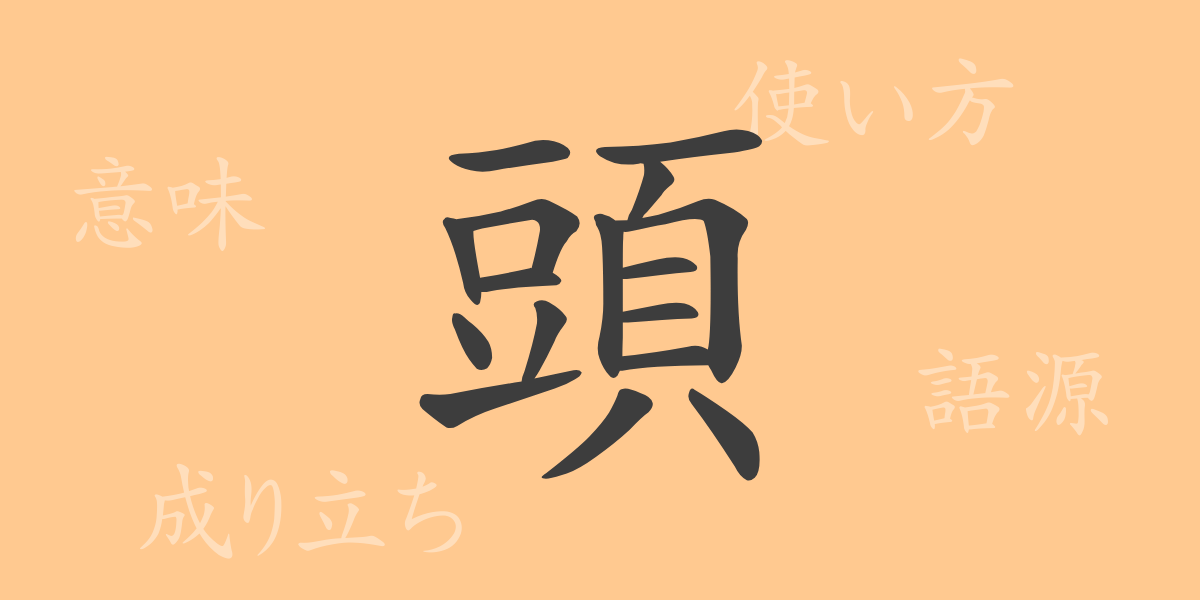Kanji are deeply ingrained in our lives, and ‘頭 (あたま)’ is one such character that signifies more than just a physical part of the body—it is used in a variety of metaphors and expressions. This article focuses on the Kanji ‘頭’, exploring its origins, idioms, and proverbs, diving into its profound world. Understanding the meanings of words is the first step in comprehending culture. Let’s now delve into the world of ‘頭’.
Origins of ‘頭 (あたま)’
The Kanji ‘頭’ originates from ancient Chinese pictographs. Initially, it depicted the side view of a human head, which later evolved into a more abstract form. It denotes not only the head but also came to mean the top or foremost part of something, developing into a word that points to various concepts.
Meaning and Usage of ‘頭 (あたま)’
The Kanji ‘頭’ directly refers to the head of a human or an animal but metaphorically extends to signify ‘the top’ or ‘the most important part’ of something. For instance, ‘頭脳 (ずのう)’ represents intellect or brainpower, while ‘頭文字 (かしらもじ)’ means the initial letter of a word. Metaphorically, phrases like ‘頭が高い (あたまがたかい)’ express arrogance, and ‘頭を下げる (あたまをさげる)’ show humility.
Readings, Stroke Count, and Radical of ‘頭 (あたま)’
The Kanji ‘頭’ is a commonly used character in everyday Japanese.
- Readings: On’yomi ‘トウ’, Kun’yomi ‘あたま’, ‘かしら’
- Stroke Count: Total of 16 strokes.
- Radical: The radical is ‘頁 (おおがい)’.
Idioms, Phrases, and Proverbs Using ‘頭 (あたま)’
There are numerous idioms, phrases, and proverbs that include ‘頭’. For example, ‘頭角を現す (とうかくをあらわす)’ means to stand out in ability, and ‘頭が切れる (あたまがきれる)’ indicates sharp thinking. A common proverb is ‘頭隠して尻隠さず (あたまかくしてしりかくさず)’, which means trying to hide a problem only reveals it more.
Conclusion on ‘頭 (あたま)’
As demonstrated, the Kanji ‘頭’ plays a versatile role in our language. It is not only a physical descriptor but also appears in various idioms, phrases, and proverbs, enabling rich expressions. By understanding the meanings carried by ‘頭’, you can appreciate the cultural and philosophical undertones behind the words. The next time you encounter the character ‘頭’, remember its diverse uses and implications.

























